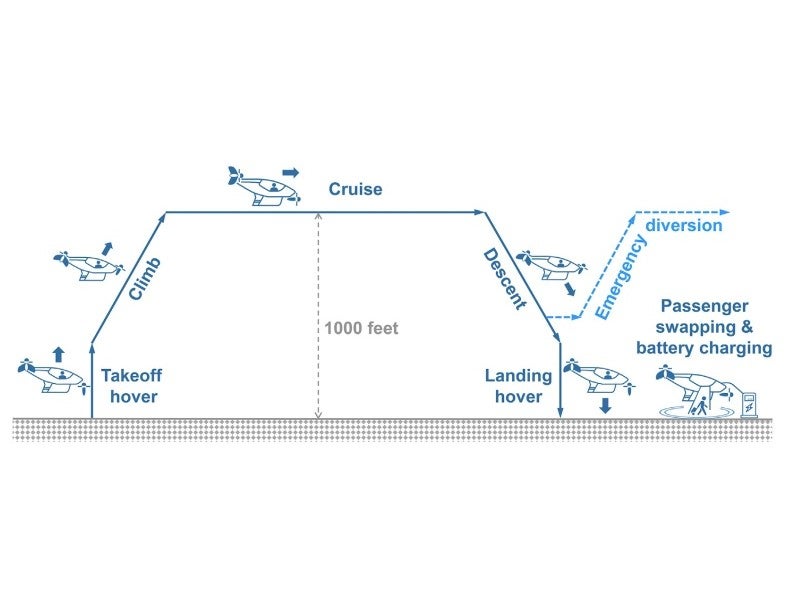Flying car battery breakthrough makes futuristic transport ‘commercially viable’
‘I would expect these vehicles to make 15 trips, twice a day during rush hour to justify the cost of the vehicles,’ says researcher

Your support helps us to tell the story
From reproductive rights to climate change to Big Tech, The Independent is on the ground when the story is developing. Whether it's investigating the financials of Elon Musk's pro-Trump PAC or producing our latest documentary, 'The A Word', which shines a light on the American women fighting for reproductive rights, we know how important it is to parse out the facts from the messaging.
At such a critical moment in US history, we need reporters on the ground. Your donation allows us to keep sending journalists to speak to both sides of the story.
The Independent is trusted by Americans across the entire political spectrum. And unlike many other quality news outlets, we choose not to lock Americans out of our reporting and analysis with paywalls. We believe quality journalism should be available to everyone, paid for by those who can afford it.
Your support makes all the difference.Researchers have figured out a way to rapidly recharge ultra dense batteries capable of powering flying cars, theoretically making them suitable for everyday use.
The breakthrough with electric vertical take-off and landing (eVTOL) vehicles could enable the commercialisation of next-generation transport systems in the near future, according to the researchers from Penn State university who made the discovery.
“I hope that the work we have done in this paper will give people a solid idea that we don’t need another 20 years to finally get these vehicles,” said Chao-Yang Wang, director of the Electrochemical Engine Center, Penn State.
“I believe we have demonstrated that the eVTOL is commercially viable.”
The research was published today, 7 June, in the scientific journal Joule.

Dr Wang and his team conducted experiments with energy-dense lithium-ion batteries that would be suitable for eVTOL craft, with each one capable of being given enough charge for a 50 mile journey in just five to 10 minutes.
The key is to rapidly heat the battery to a certain temperature using a nickel foil, which then allows for ultra quick charging without causing any damage.
“I think flying cars have the potential to eliminate a lot of time and increase productivity and open the sky corridors to transportation,” Dr Wang said.
“Commercially, I would expect these vehicles to make 15 trips, twice a day during rush hour to justify the cost of the vehicles. The first use will probably be from a city to an airport carrying three to four people about 50 miles.”
Join our commenting forum
Join thought-provoking conversations, follow other Independent readers and see their replies
Comments